It is no surprise, nor news, that the pandemic has taken us adrift in all aspects of life, from social disruption to economic demise and political divisiveness on a national and international level. And as we begin to see land, and return to life as it used to be, the consequences of such a sudden alteration begin to unveil.
Like any other issue, there are those who endure a larger or more severe portion of the consequences. And although the pandemic has left no one indifferent, we can indeed point out social collectives whose lives have been particularly affected by all the uninvited changes we had to take on in such a short period of time. Among them are women, who began to see progress on efforts towards gender equality, but that now seem to have gotten stuck.
This reality is clearly portrayed in the latest data published regarding the progress achieved on Sustainable Development Goals, notably on SDG 5 and the accomplishments and failures concerning gender equality and the empowerment of girls and women around the globe. Among the many issues facing women’s lives, we wanted to focus on those related to their role in the workplace and how the sanitary crisis has affected or exacerbated gender inequality in this environment.
A disproportionate toll
Differently to previous recessions or crises, the economic toll the pandemic has taken on our global markets have affected women more severely than men. Research shows that from the many jobs lost during the first most severe months of lockdown, women were the most affected (Cooper & Foley, 2021), and as schools and care centers closed down, they were also more likely to take on most of the unpaid domestic work burden.
Additionally, the sanitary crisis has exposed the fact that the workforce, at a global scale, is heavily segregated; as women constitute a vast majority of health care workers, early childhood care, retail labor and other essential services, they have also been more exposed to the risks of the pandemic. Such exposure also brought up the question of whether we might have been undervaluing feminized industries and occupations, with many of the care workers’ wages seemingly being inadequate to their actual level of essentiality.
Persisting ‘gender norms’
Traditionally, many women have struggled to find the balance between paid work and unpaid reproductive work, pushing them into accepting or looking for lower-paid, more flexible and precarious employment. Consequently, the ability for women to scale up the ladder at the same rate as their male counterparts was significantly downplayed.
Even as legislation and social behaviors started to shift towards gender parity, women in heterosexual households did twice as much unpaid domestic work as men in the year prior to the pandemic. Unfortunately, as mentioned above, the intensification of overall domestic chores have additionally impacted women’s lives during and after the COVID-19 crisis. In fact, research suggests that the gender gap regarding unpaid reproductive work has widened in the last two years, although some effects have lightened with the beginning of the new year and the slow transition towards life as it used to be.
Studies from the United States, Australia and the UK (Cooper & Foley, 2021) portray a similar pattern in the consequences of the pandemic on traditional gender norms. On the one hand, it exposes the repercussions of the crisis in women’s employment, given the fact that no childcare availability posed a larger risk for a mother’s job loss than their male partners’. On the other hand, while many reported fathers taking over more household responsibilities than usual, the number remained vaguely significant, meaning that flexible working (e.g. teleworking) was not enough to break through or disrupt the stubbornly stalled gender norms in the allocation of unpaid labor.
Building effective flexibility
The pandemic has unmasked the differences between men’s and women’s contribution to unpaid care work, and the unfair consequences women suffer from it in their participation in the labor market. Governments, companies, institutions and overall societal or economic organizations should strive for building mutually-beneficial flexibility, this is, allow all employees to balance work and family, while assisting employers to meet their operational requirements.
Even with advances on legislative concerns on the matter, traditional gender norms are still too present in many people’s daily lives, but legislative efforts are the most effective tool to shift this obsolete tendency towards equality and gender parity. Nonetheless, legal or corporate efforts should not be one size fits all, gender roles are many times attached to other kinds of inequalities, most notably, class or socioeconomic status.
In short, more efforts need to be made to continue the upwards trends towards equality we could see before the pandemic, as well as help ease out the consequences the last two years have brought to many women’s lives. Implementing strong legislative measures, procedures and strategies that allow for employees to find balance and develop their professional careers without obstacles based upon gender or any other externality, that is in fact an element of diversity beneficial to the workplace and society.
Transparency, engagement and equality
Transparency is a fundamental part of any equality or diversity related policy or practice inside an organization. Transparent information and open channels of communication are key to get the whole picture of any given issue that arises from both internal and external stakeholders, understand it fully to make the necessary assessments, and develop an adequate action plan to prevent further damage. Transparency is the base for healthy and reliable engagement across the organization.
In DoGood we believe you can’t manage what you don’t measure. This is why we actively work to pursue transparent and traceable information to be reported and help companies achieve a continuous improvement as well as a stronger relationship with stakeholders to help impact society and the planet in a positive way, helping revive trust and confidence.
In this regard, it is essential to our work to promote good corporate governance, meaning that the processes of disclosure and transparency are followed so as to provide regulators and shareholders as well as the general public with precise and accurate information about the financial, operational and other aspects of the company, including a more accurate definition of the ESG performance.
We have developed a corporate government tool that helps establish ESG impact objectives for employees in regards to the sustainability strategy of the company. Through our SaaS technology we are able to activate and track employees’ impact, creating engagement that translates into improved ESG metrics, reputational value and an overall positive impact for the environment and society.
If you want to know more about how we work to create a positive social and environmental impact, click here.







